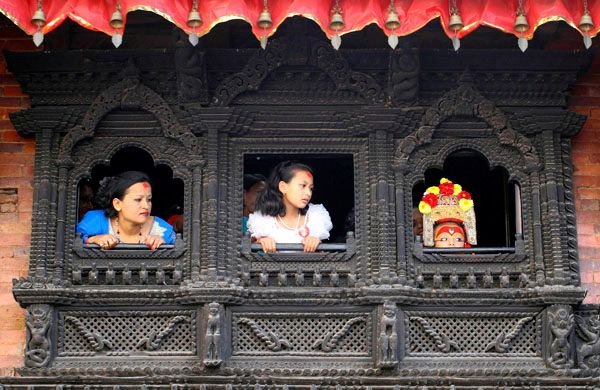Want to experience divinity in real life? Welcome to Nepal, the land of living gods and goddesses. Every one of us follows different religions. And we go to many temples, mosques or churches to worship the gods and goddesses too. But in Nepal, there is a living goddess too. She is called kumari . The girl who is worshipped is not allowed to go out of the temple where she is worshipped.

In Nepal, this centuries-old tradition of choosing a young girl as a goddess continues to this day. Now, people from around the world flock here to get a glimpse of her. The word kumari literally means virgin in Nepali. Kumari is the only living Goddess in the world worshipped by Hindus and Buddhists in Nepal.
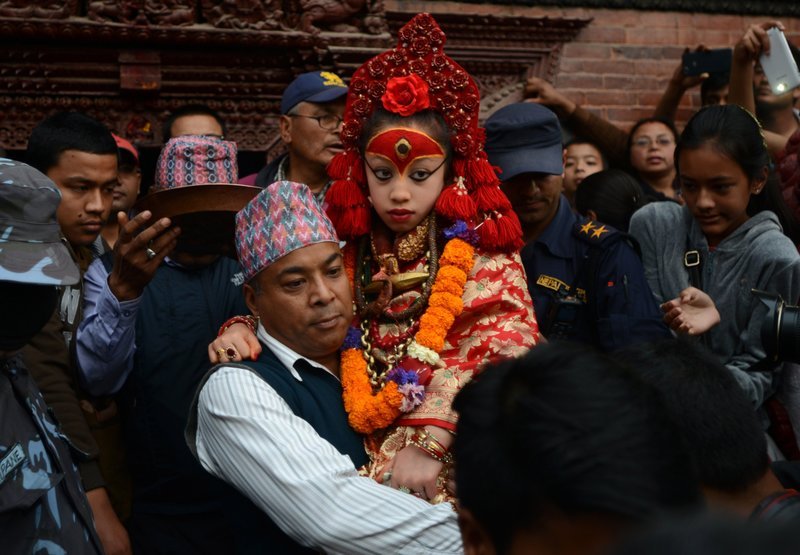
Kumari is the one and only living goddess in the whole world. She holds a special position in our country. She worshiped as goddesses both by Buddhists and the hindus in Nepal. The living goddess, Kumari is a young little girl. She is chosen from the Shakya family of Kathmandu. She must be between 4 to 12 years of age. She lives in the kumari ghar which is in the center of kathmandu.
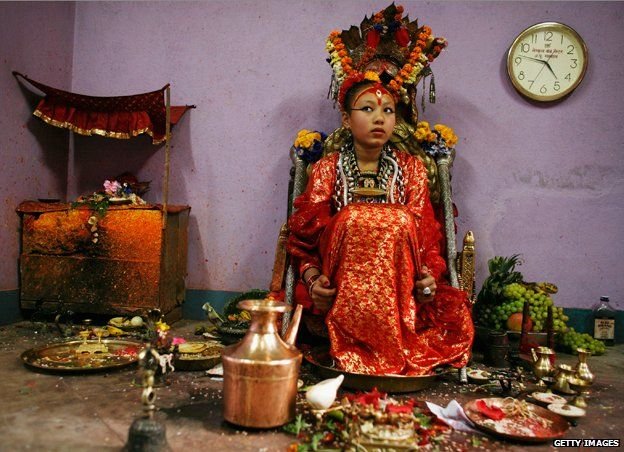
After playing God for the last 10 years, she will be uncomfortable in normal society, uneducated, and will probably never marry. The superstition that a Kumari's husband dies early has taken firm root in the Nepalese mindset, and few men are likely to ask for her hand. Like Anita Shakya, Dil Kumari, Nani Maya and eight other ex-Kumaris who are still alive today, she will spend the rest of her days trying to figure out the strange hand fate had dealt her.
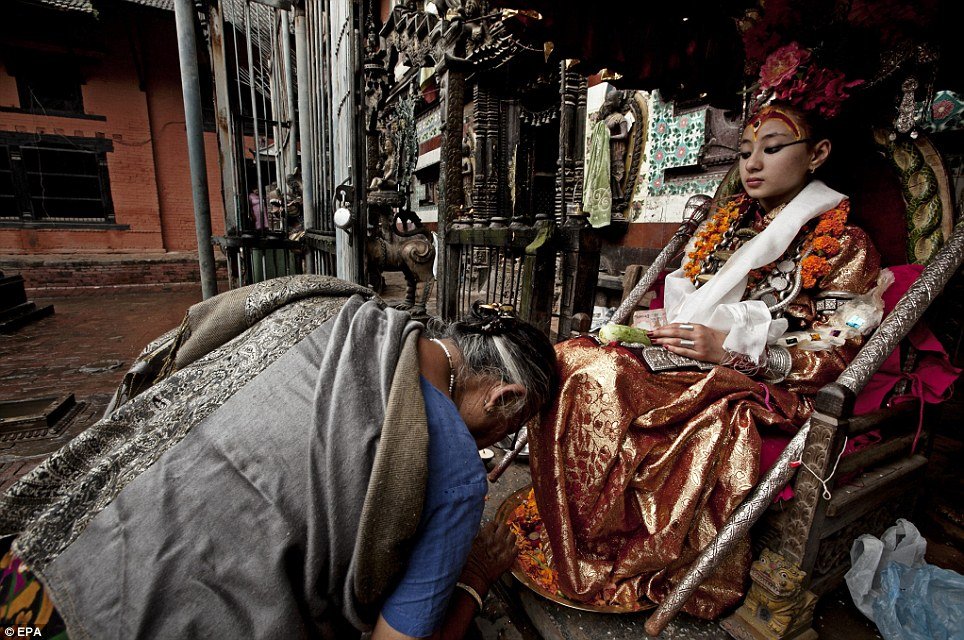
If you are visiting around late August or early September, then be sure to be a part of the biggest and most vibrant festival in Nepal called Indra Jatra, where the Kumari, is paraded across the city, in her golden palanquin. It is quite a sight to behold, as hundreds of masked men and devotees dance to traditional Newari music and pull on the chariots of the Lord Indra and Kumari.
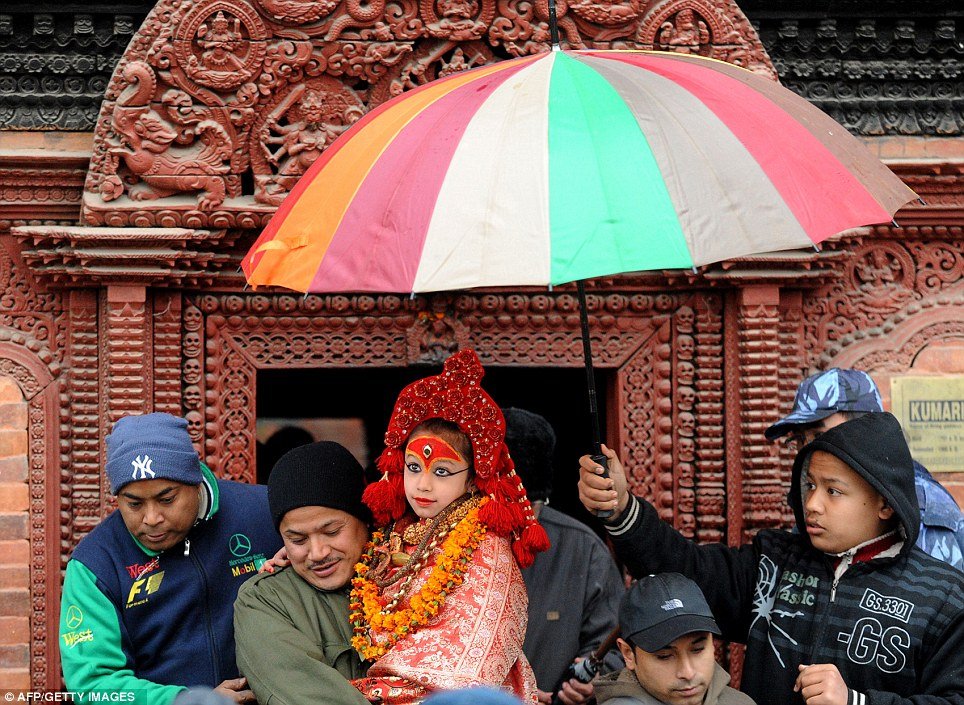
Last year earthquake brought much of Kathmandu's historic Durbar Square, a World Heritage Site, tumbling to the ground. Nepal's showcase temples and palaces were reduced to ruins. But save for a few cracks, the home of the city's Living Goddess remained intact.
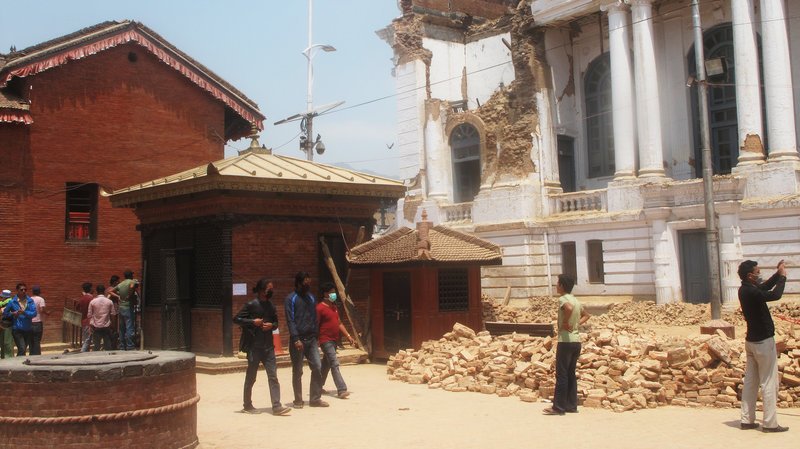
Overlooking the south side of Durbar Square, the Kumari Ghar is a three-story brick building richly decorated with wood-carved reliefs of gods and symbols. Tourists can enter the courtyard, where there are more beautiful reliefs over the doors, on the pillars and around the windows. Photos are permitted in the courtyard, but it is strictly forbidden to photograph the Kumari.
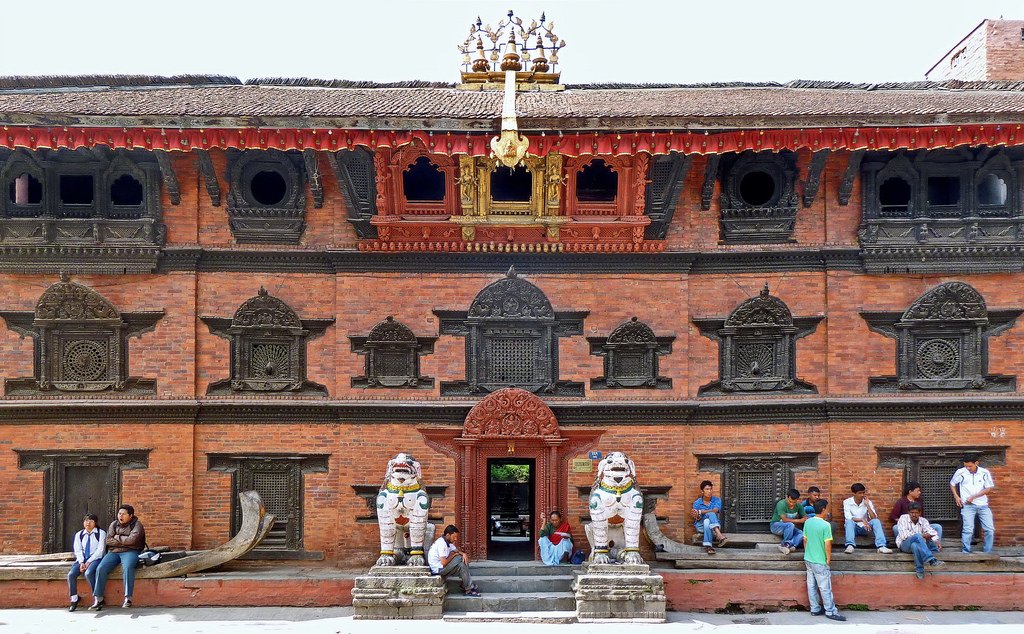
The Living Goddess sometimes appears in one of the first-floor windows, especially if her handlers are paid well enough, and is said to answer devotees questions with the expressions on her face. She is most likely to appear in the morning or late afternoon.
